5 Sizzlingly Good Marinades for Pork That’ll Make Your Taste Buds Dance
Table of Contents
- Why Marinating Pork Matters
- The Science Behind a Perfect Marinade
- Top 5 Marinades for Pork
- Pro Tips to Master the Art of Marination
- Visual Comparison: Marinade Flavor Profiles
- Conclusion: Elevate Your Pork Game
Why Marinating Pork Matters
If you’ve ever had a piece of dry, bland pork, you know what a crime it is. Enter: the marinade. A good marinade can turn a tough cut into a flavor bomb that’s juicy, tender, and bursting with personality.
In the world of spices and grilling, marinating isn’t just about throwing in some salt and pepper — it’s a science, an art, and sometimes, a bit of magic all rolled into one.
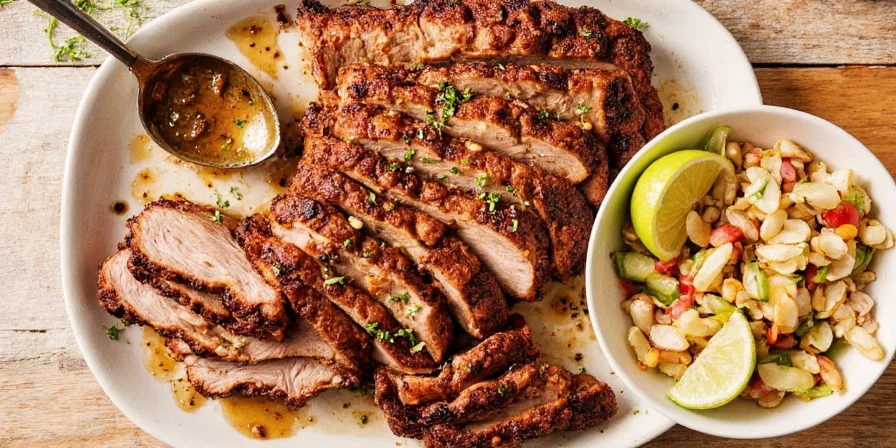
The Science Behind a Perfect Marinade
A marinade typically has three key components:
- Acid – Like vinegar, citrus juice, or yogurt. This helps break down proteins and tenderize the meat.
- Oil – Usually olive oil or sesame oil. It carries fat-soluble flavors deep into the meat.
- Flavor Enhancers – Spices, herbs, garlic, soy sauce, etc. These give your marinade its personality.
When you marinate pork, these ingredients work together to do two main things:
- Tenderize: The acid breaks down muscle fibers.
- Infuse: The oil and aromatics soak into the meat, giving it depth of flavor.
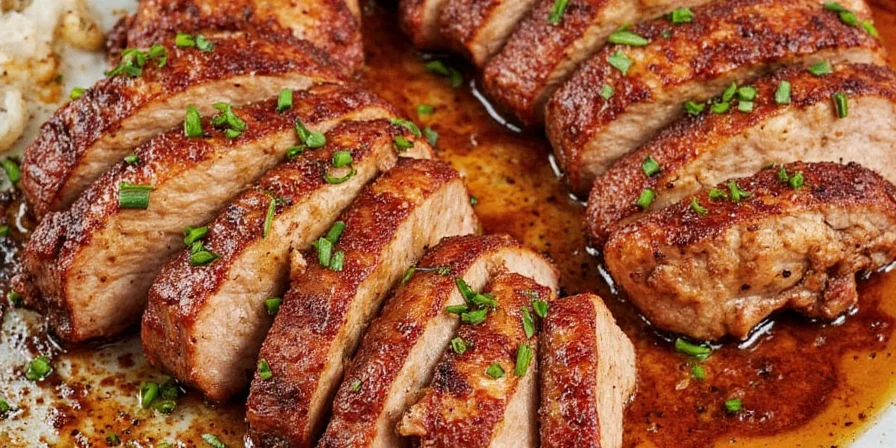
Top 5 Marinades for Pork (That You’ll Want to Use Every Weekend)
1. Classic Citrus-Herb Marinade
This bright and zesty marinade is perfect for grilled pork chops or kebabs. It uses lemon juice as the acid, olive oil as the base, and fresh herbs like rosemary and thyme to elevate the flavor.
- Lemon juice – ¼ cup
- Olive oil – ½ cup
- Fresh rosemary – 2 sprigs (or 1 tsp dried)
- Garlic – 3 cloves, minced
- Salt & black pepper – to taste
- Honey or maple syrup – 1 tbsp (optional for balance)
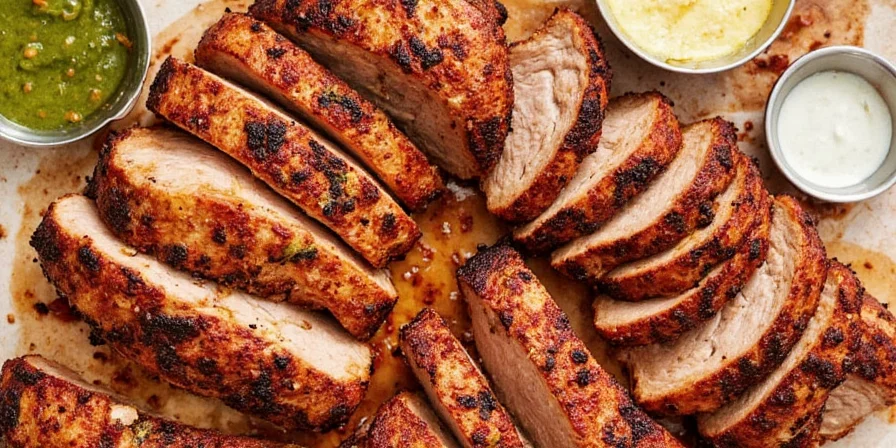
2. Asian-Inspired Soy-Ginger Marinade
Bring some umami-rich goodness to your pork with this savory, slightly sweet marinade. Great for stir-fries, grilled skewers, or roasted shoulder.
- Soy sauce – ¼ cup
- Rice vinegar – 2 tbsp
- Fresh ginger – 1 inch, grated
- Garlic – 3 cloves, minced
- Sesame oil – 2 tbsp
- Brown sugar – 1 tbsp
- Chili flakes – ½ tsp (optional for heat)
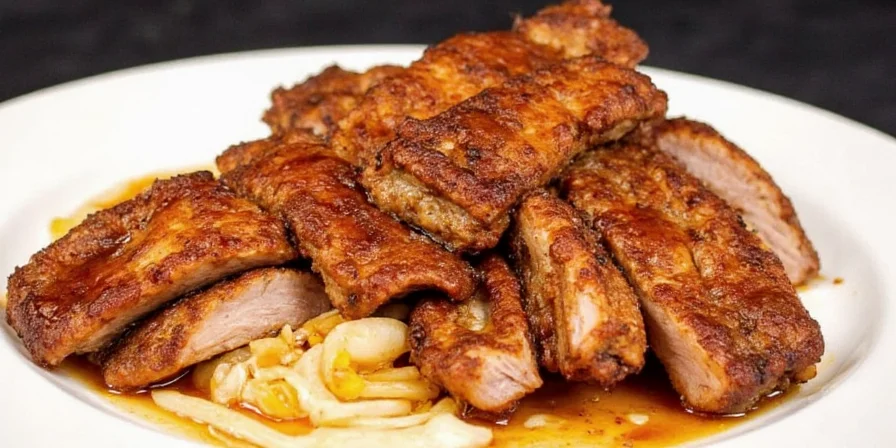
3. Smoky Chipotle Lime Marinade
Kick up the heat with this bold, spicy blend that’s also smoky and tangy. Ideal for tacos, pulled pork, or grilled ribs.
- Lime juice – ¼ cup
- Chipotle in adobo – 1–2 peppers, chopped
- Olive oil – 3 tbsp
- Smoked paprika – 1 tsp
- Cumin – ½ tsp
- Garlic powder – ½ tsp
- Tomato paste – 1 tbsp (adds richness)
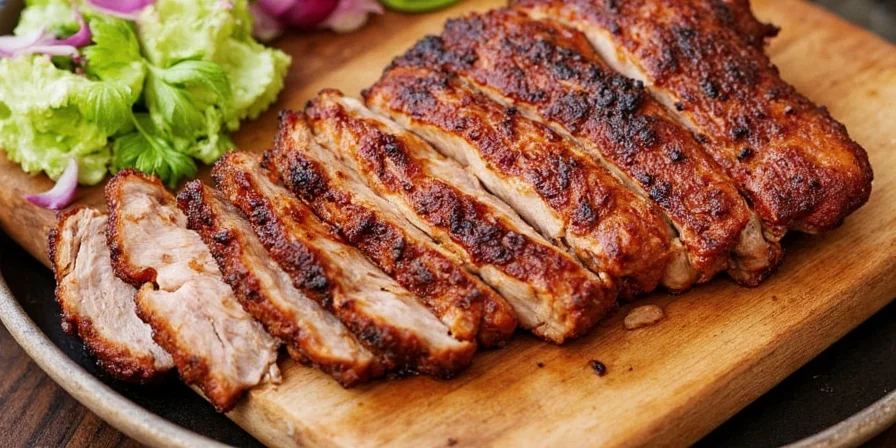
4. Sweet Bourbon Maple Marinade
This one leans into the sweeter side with a rich, caramel-like flavor profile. Best for slow-roasted or smoked pork cuts.
- Bourbon whiskey – ¼ cup
- Maple syrup – 2 tbsp
- Apple cider vinegar – 2 tbsp
- Mustard – 1 tbsp (helps emulsify and add tanginess)
- Paprika – 1 tsp
- Garlic – 3 cloves, minced
- Worcestershire sauce – 1 tsp
5. Mediterranean Feta & Oregano Marinade
For those who love salty, earthy flavors. This one stands out thanks to crumbled feta, which infuses the meat with briny complexity.
- Crumbled feta cheese – ¼ cup
- Olive oil – 3 tbsp
- Fresh oregano – 2 tbsp chopped (or 1 tsp dried)
- Lemon zest – from 1 lemon
- Garlic – 2 cloves, minced
- Red wine vinegar – 1 tbsp
- Black pepper – to taste
Pro Tips to Master the Art of Marination
Now that we’ve got the recipes, let’s talk strategy. Here are some insider tips to make sure every bite hits right:
- Don’t Over-Marinate with Acid: Too much acid (like lemon or vinegar) can dry out the meat if left too long. Aim for 4–12 hours for most cuts.
- Use a Ziplock Bag: Not only does it save space in your fridge, but it also allows even coating and easy cleanup.
- Pierce the Meat: Lightly scoring the surface or poking small holes lets the marinade penetrate deeper, especially with thicker cuts.
- Keep It Cold: Always marinate in the refrigerator. Room temperature marination = bacteria party. No thank you.
- Save Some Marinade for Later: If using part of the marinade as a sauce, set aside a portion before adding it to raw meat to avoid cross-contamination.
- Brush It On: For extra flavor, brush leftover marinade onto the meat during the last few minutes of cooking.
Visual Comparison: Marinade Flavor Profiles
| Marinade | Primary Flavor | Best For | Acid Used | Time to Marinate |
|---|---|---|---|---|
| Classic Citrus-Herb | Fresh, aromatic, bright | Grilled chops, kabobs | Lemon juice | 4–8 hours |
| Asian Soy-Ginger | Savory, umami-rich | Stir-fries, grilled slices | Rice vinegar | 6–12 hours |
| Smoky Chipotle Lime | Spicy, smoky, tangy | Tacos, BBQ, ribs | Lime juice | 8–24 hours |
| Sweet Bourbon Maple | Sweet, rich, caramel-like | Slow-roasted, smoked cuts | Apple cider vinegar | 12–24 hours |
| Mediterranean Feta & Oregano | Briny, herby, earthy | Grilled roasts, kebabs | Red wine vinegar | 6–12 hours |
Conclusion: Elevate Your Pork Game
There you have it — five incredibly good marinades for pork that will transform your cooking game forever. Whether you’re grilling up dinner for two or prepping a feast for friends, these blends offer a perfect mix of science, flavor, and flair.
Remember: marinating is not just about adding flavor — it’s about creating experience. So next time you see a humble pork loin in the fridge, don’t settle for bland. Reach for those spices, oils, and acids, and turn it into something unforgettable.
And hey, if you’ve tried any of these or have a marinade secret of your own, drop it in the comments below! We’re all ears — and stomachs 😉.
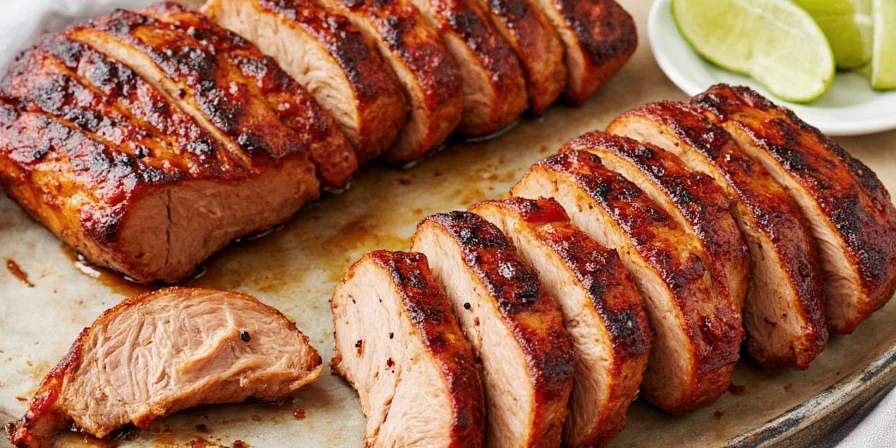

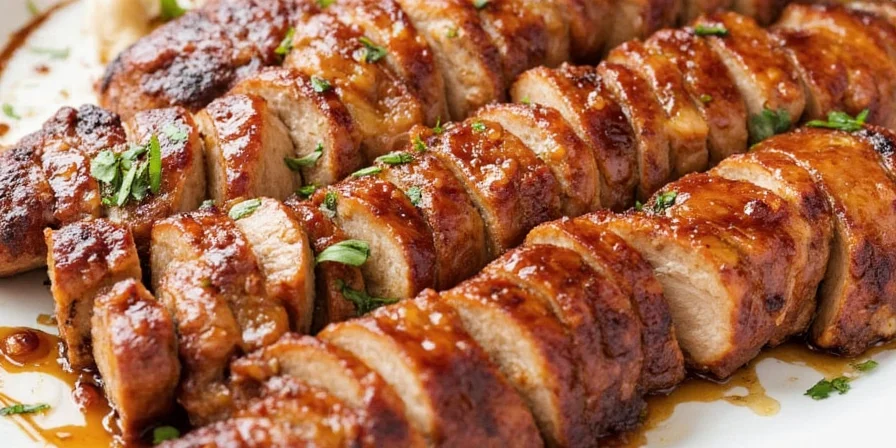









 浙公网安备
33010002000092号
浙公网安备
33010002000092号 浙B2-20120091-4
浙B2-20120091-4